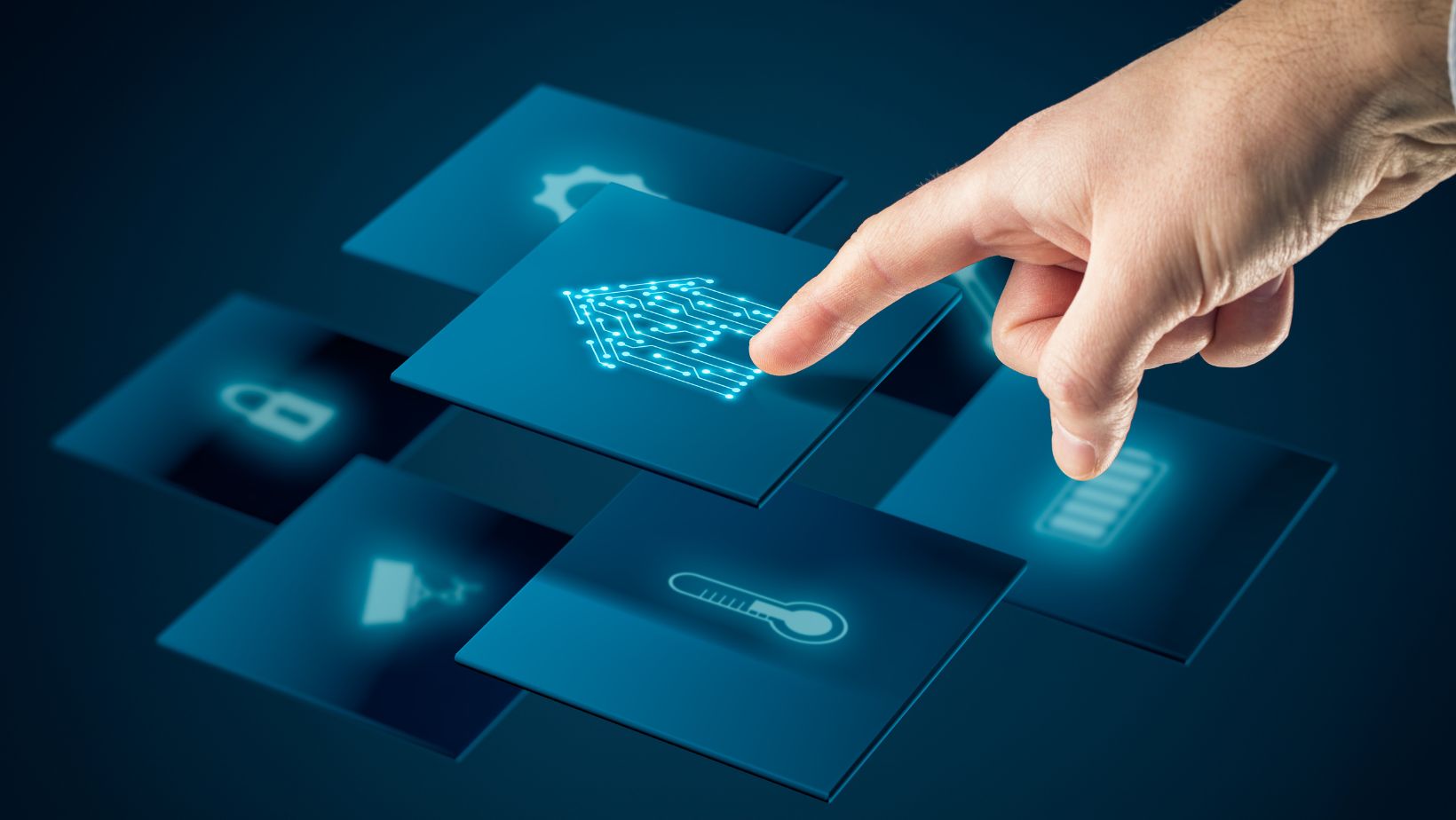The Technology Behind Home Automation: Revolutionizing Modern Living

Home automation, once a futuristic concept, has become an integral part of modern living. It leverages advanced technologies to enhance convenience, security, and energy efficiency, transforming houses into smart homes. At its core, home automation integrates various systems within a household to communicate and operate harmoniously through centralized or decentralized networks. Here, we delve into the technology that powers these intelligent systems and how they are reshaping the way we live.
Core Components of Home Automation Systems
- Sensors
Sensors are the foundational elements of home automation. They detect changes in the environment, such as temperature, humidity, motion, light levels, or even water leaks. Examples include:
- Motion Sensors: Detect movement and can trigger alarms or lights.
- Temperature Sensors: Work with HVAC systems to maintain optimal climate conditions.
- Contact Sensors: Alert homeowners when windows or doors are opened.
These sensors provide the raw data required for automation systems to make decisions and respond intelligently.
- Actuators
Actuators are devices that execute actions based on signals from the system. They control elements such as motors, valves, or switches. For instance, motorized blinds that adjust according to the sun’s position or smart locks that secure doors remotely.
- Connectivity Protocols
The seamless operation of home automation relies on connectivity protocols that allow devices to communicate. Popular protocols include:
- Wi-Fi: Common in home automation due to its wide availability and high data transfer rates.
- Zigbee and Z-Wave: Designed specifically for IoT (Internet of Things), they consume less power and are ideal for battery-operated devices.
- Bluetooth: Used for short-range communication, such as controlling smart speakers or lights.
- Thread and Matter: Emerging protocols offering improved interoperability across devices and platforms.
- Control Hubs and Devices
The hub acts as the brain of the system, connecting all devices and enabling centralized control. Modern hubs, like Amazon Echo, Google Nest Hub, and Apple HomePod, often double as smart speakers, offering voice control via virtual assistants like Alexa, Google Assistant, and Siri.
- Cloud Computing
Many home automation systems leverage cloud computing for data storage, processing, and remote access. Cloud integration allows users to monitor and control devices from anywhere through smartphone apps or web interfaces.
- Artificial Intelligence (AI)
AI elevates home automation by learning user behavior and preferences. For instance, an AI-powered thermostat adjusts heating or cooling schedules based on occupancy patterns, while voice assistants understand natural language commands and provide personalized responses.
Key Applications of Home Automation Technology
- Energy Management
Smart thermostats, lighting systems, and appliances reduce energy consumption by operating only when needed. For example, smart lights dim automatically in response to natural light or turn off when no one is present. With increasing demand for sustainable solutions, home automation in Melbourne is becoming a popular choice for energy-conscious homeowners looking to optimize their living spaces.
- Security and Surveillance
Advanced home automation systems offer features like motion-activated cameras, doorbell cameras, and automated door locks.

These systems can send alerts to homeowners in real-time, ensuring a robust layer of security.
- Entertainment
Integration with smart TVs, audio systems, and streaming services allows for immersive experiences. Voice-activated assistants enable seamless control over entertainment options, enhancing user convenience.
- Health and Wellness
Smart beds, air purifiers, and lighting systems tailored to circadian rhythms contribute to better health. Wearable devices can sync with home automation to monitor vital signs and send alerts in emergencies.
- Kitchen and Cleaning Automation
Smart kitchen appliances like refrigerators that track inventory or ovens that preheat remotely, coupled with robotic vacuum cleaners, simplify household chores.
Challenges in Home Automation
Despite its many benefits, home automation faces hurdles:
- Interoperability Issues: Not all devices are compatible, requiring bridging solutions or multiple hubs.
- Data Security Concerns: Connected devices can be vulnerable to hacking, necessitating robust encryption and user vigilance.
- High Initial Costs: While prices are decreasing, smart devices remain an investment.
The Future of Home Automation
The future of home automation is exciting, driven by advancements in IoT, 5G, and machine learning. Emerging trends include:
- Voice and Gesture Recognition: More intuitive ways to interact with devices.
- Sustainability Focus: Energy-efficient devices and smart grids integrating renewable energy sources.
- Hyper-Personalization: AI refining automation based on individual preferences and needs.

Moreover, the advent of Matter, an industry-standard protocol for device compatibility, promises to resolve interoperability issues, making smart home ecosystems more cohesive.
Conclusion
Home automation technology represents the intersection of convenience, security, and sustainability. With continued innovations, smart homes are not just about luxury but also about creating efficient and adaptive living environments. While challenges remain, the ongoing evolution of connectivity, AI, and user-centric designs ensures that the promise of fully automated living is well within reach. As this technology becomes more accessible, it is set to redefine the way we interact with our living spaces, paving the way for smarter, more responsive homes.



